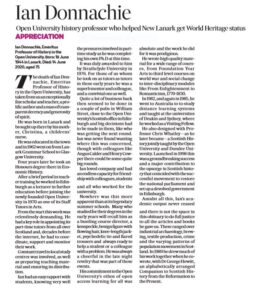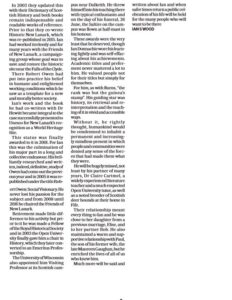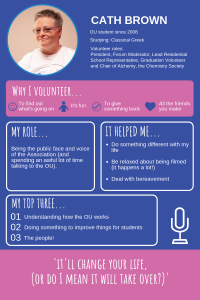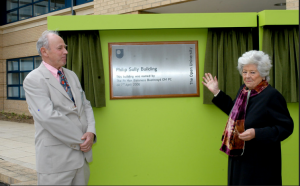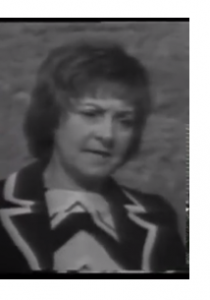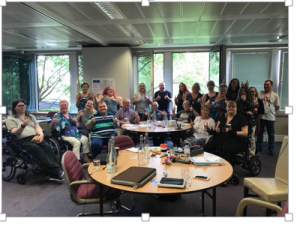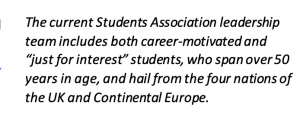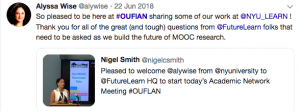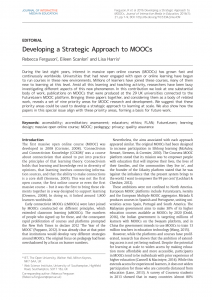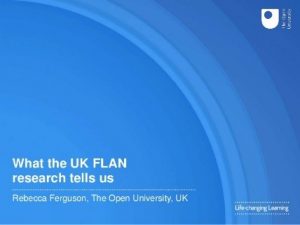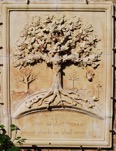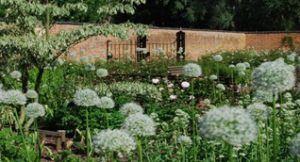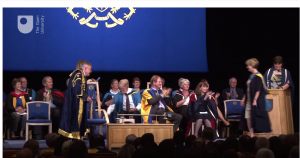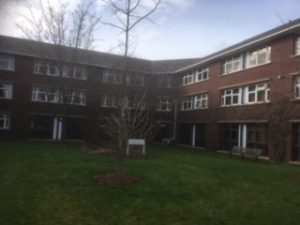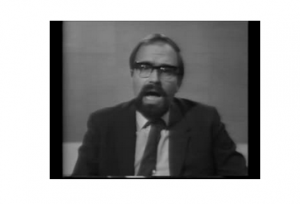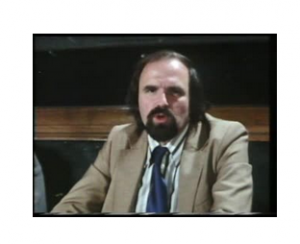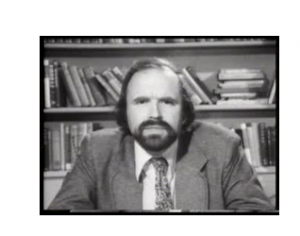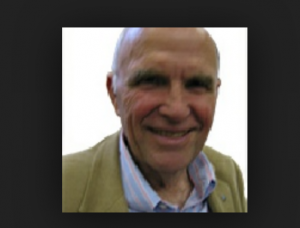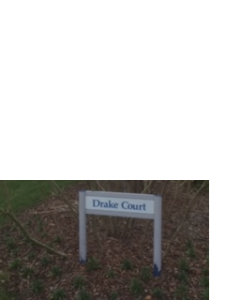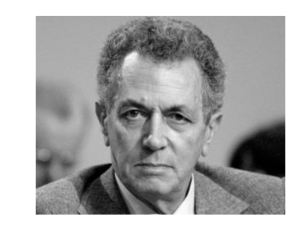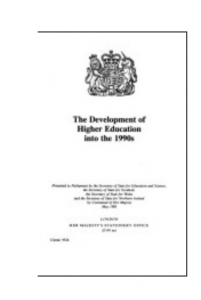Joan Bellamy, 1926-2023. Dean of Arts 1984-90
Sunday, March 26th, 2023Joan Bellamy, nee Shaw, 1926-2023, was an Open University tutor, Staff Tutor and between 1984 and 1990, Dean of Arts. She contributed to a number of courses, modules, including for A101, with Colin Cunningham, Tomorrow and Tomorrow and Tomorrow; The Roots of Western Society; Studying the Arts (1977) and for A102 she co-edited Culture – Production, consumption. She provided ‘Milton and marvell’ for A203 (1981) and for A205, Culture and Belief in Europe, 1450-1600: Royal and Religious Authority. The British Isles. (1996). She also wrote for the OU-focused journal Teaching at a Distance, notably in 1978, an article on ‘Special Support for Students with Academic Difficulties: Experiences in Yorkshire’ and, with John Purkis, Milton Study Guide.
The daughter of Hilda and Tom Shaw (a coal miner and Labour councillor) she grew up in West Yorkshire, read English at Leeds and in the 1940s worked full time for the Communist Party of GB. After her husband, Ron Bellamy, a Marxist economist at Leeds University, accepted a Senior Lectureship at the University of Ghana the couple spent 1963-66 in Ghana where Joan worked in the press office of President Kwame Nkrumah. After a coup ousted Nkrumah the couple returned to Leeds, where Ron became Dean of the Faculty of Economic and Social Studies, 1970-72 while in 1970 Joan (as Communist Parliamentary candidate for Leeds East) received 513 votes. Following the demise of the CPGB she joined one of its successors, her political position unchanged. In 1988, in a collection of essays entitled In search of Victorian values she assessed gender relations while Ron contributed a Marxian economic analysis. Having written for the journal of the South African Communist Party, The African Communist and Communist pamphlets (eg Homes, Jobs, Immigration: the Facts, 1968 and Unite against racism: defeat the immigration bill, 1971 and a ‘Bibliography on Africa’ for the Marx Memorial Library Bulletin (1971), Joan turned to literature. She edited, with fellow OU academics Anne Laurence and Gill Perry, Women, Scholarship and Criticism C. 1790-1900: Gender and Knowledge (2000) and wrote More precious than rubies: Mary Taylor, Friend of Charlotte Bronte, Strong Minded Woman (2002).
Her interest in empowering people and understanding democracy as a process pervaded her work at the OU and her wider contributions. In 1975 she wrote in the CPGB weekly Comment that to rely on the 1976 Race Relations Act was to ‘ignore the potential of the democratic participation of those most bitterly affected by discrimination, the black people themselves’. In 1992, for Labour History Review she contributed a piece on ‘The use of trade union banners in education’. She reported on how she had asked students to analyse trade union banners, her aim being ‘to illuminate the lives, values and culture of sections of the organised working class of the past’. When, in 2018 she offered, via the Guardian, a critique of the proposed developments of OU Vice Chancellor Peter Horrocks, it was in terms of a defence of the OU’s social democratic reputation. She opposed that which could ‘be the final hammer blows to the drawn-out process of demolishing one of Labour’s greatest achievements’. Having travelled to Iraq, Syria, Mongolia, Ghana and Moscow, she returned to the county of her birth and long retained an engagement with the Brontes and with women and Victorian fiction.
